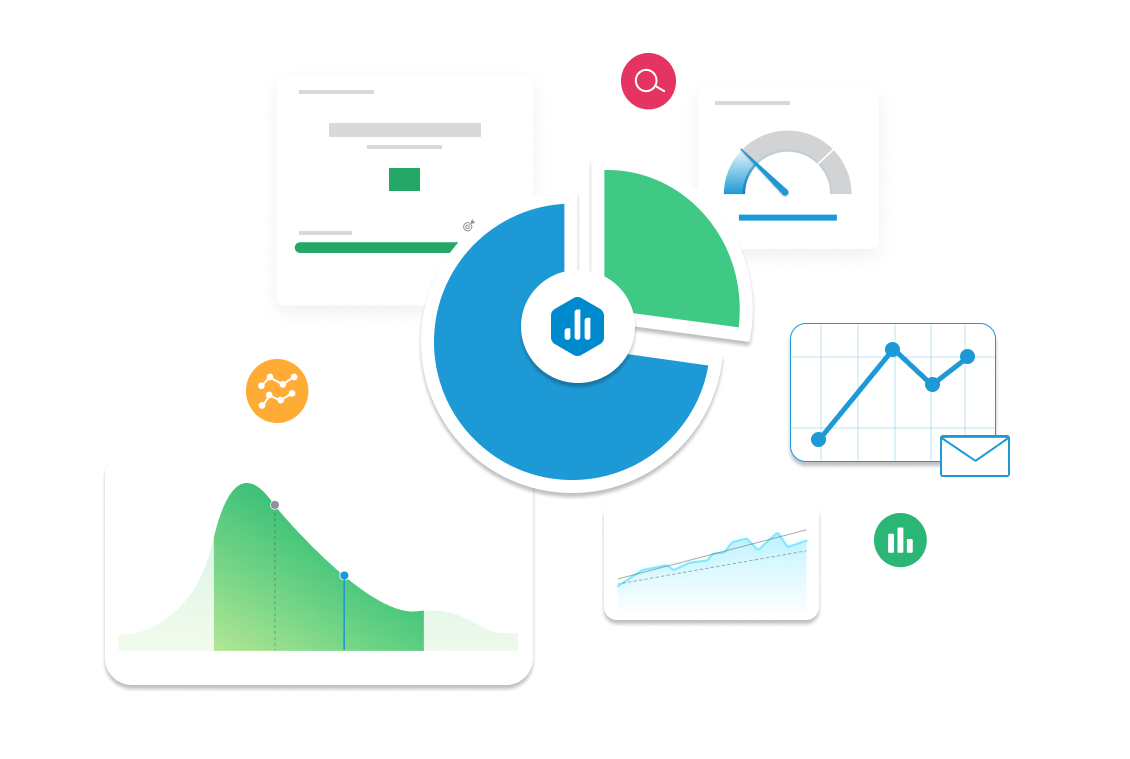Active Users
Learn how the Active Users KPI tracks engagement and retention. Discover how to measure, analyze, and optimize active users to boost growth.

| Category |
Marketing |
|---|---|
| Type |
Leading Indicator |
| Calculation |
Active Users = Unique Users Who Perform a Select Action Within a Period
|
| Measure |
Tracks unique users interacting with a platform, revealing engagement and retention trends. |
| Data Sources: |
Google Analytics, Mixpanel, Amplitude, Firebase, HubSpot, Segment. |
| Frequency |
|
Example target
Increase WAU by 15% in Q2 by improving onboarding and running targeted re-engagement campaigns.
Example Reports Use Case
A Product Manager monitors DAU and MAU to assess feature adoption. A drop may indicate the need for UX improvements or engagement campaigns.
What are Active Users?
The definition of ‘Active Users’ is the unique distinct users who interact with a website, platform or an application in a certain period of time. This KPI is usually broken down into Daily Active Users (DAU), Weekly Active Users (WAU), and Monthly Active Users (MAU) in order to monitor engagement over time. The total registered users differ from active users in the sense that only the latter demonstrates meaningful interactions which aid in gauging product usage, user churn, and overall system performance.
Active Users are especially important for SaaS, e-commerce and digital marketing companies as they try to understand how effective certain features are, evaluate marketing efforts, and analyze changes in user activity patterns. Generally, the presence of a large number of Active Users indicates good product-market fit, while the absence of it might show declining engagement due to usability problems, lack of engaging content, or changes in the market.
Why are Active Users important?
Active Users help answer give valuable answers on how successfully a business is implementing its client acquisition and retention strategy. Expanding the number of Active Users signifies that a certain product is becoming popular, while declining numbers show that there is a need for improvement. Unlike the deceptive total signup count, which is treated as vanity metrics, Active Users depict a higher level of meaningful utilization of services and help businesses formulate data-driven strategies.
For product teams, this KPI helps them enhance user experience by understanding which features maximize engagement. Marketing teams utilize Active Users to measure the impact of campaigns and client acquisition efforts. Active Users is a metric valued by most investors and stakeholders when evaluating a firm’s growth prospects.
Administering and enhancing Active Users metrics allows companies to retain users, increase satisfaction, and achieve sustained success.



